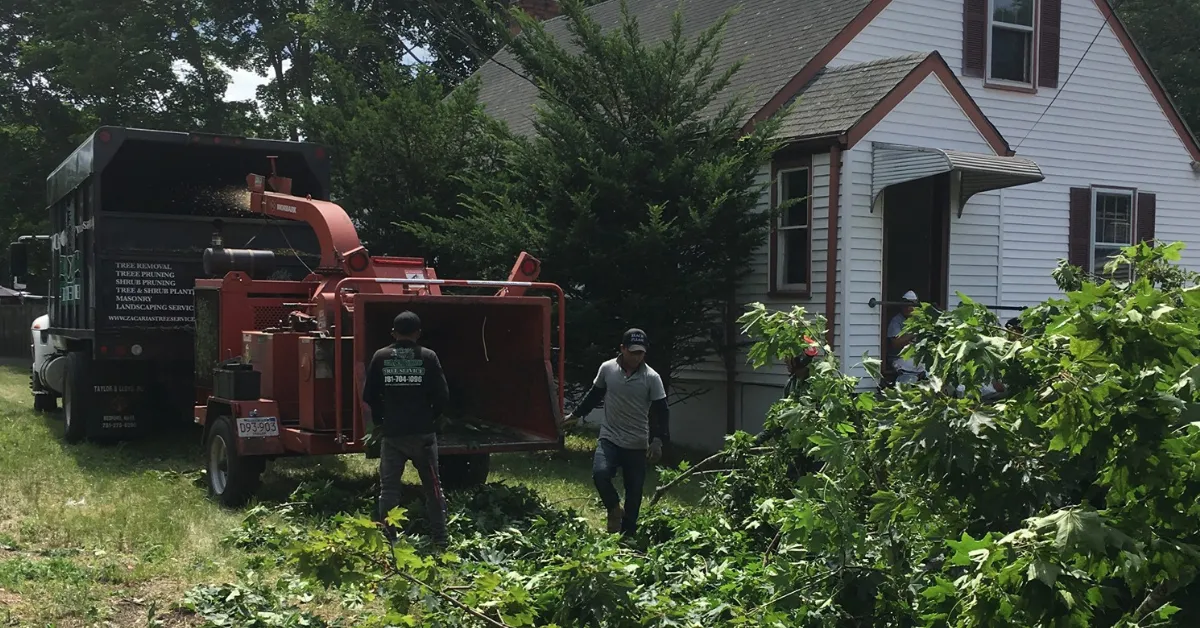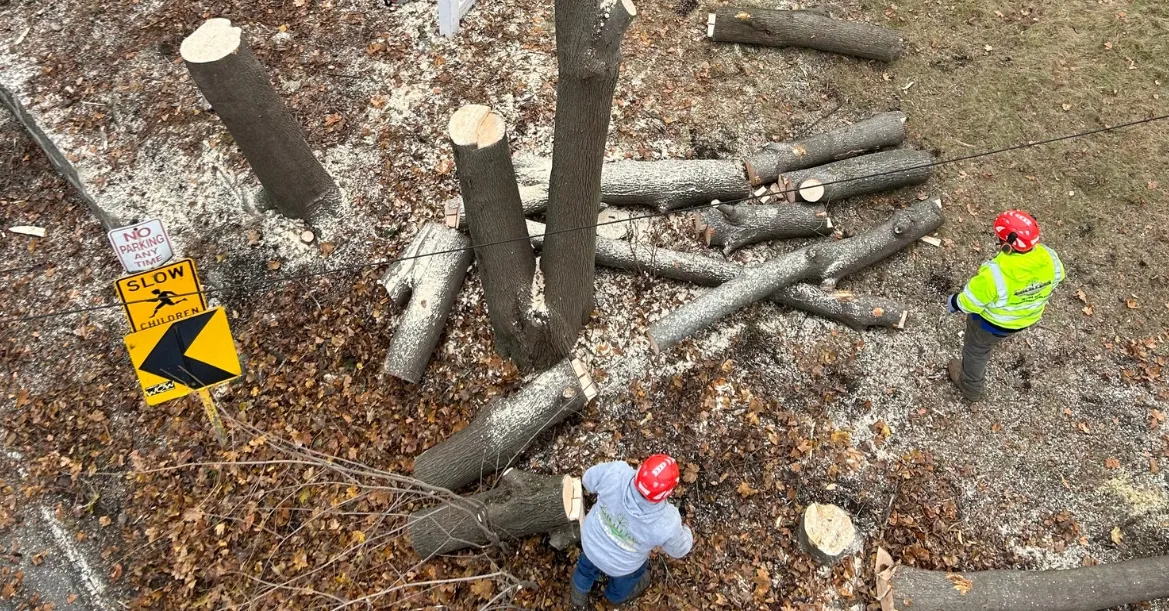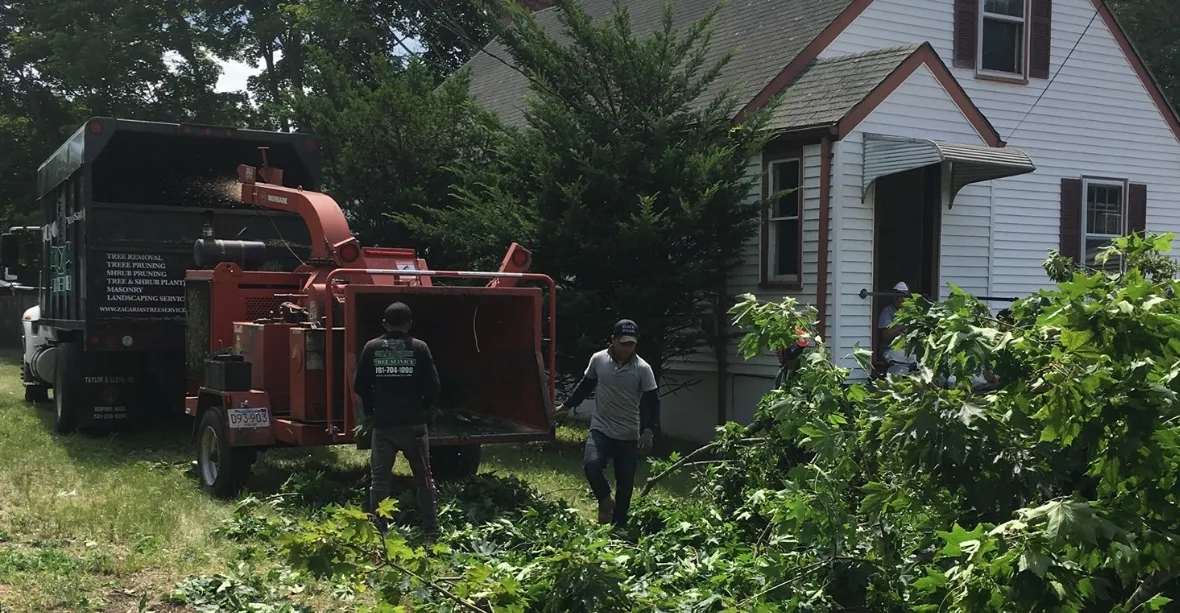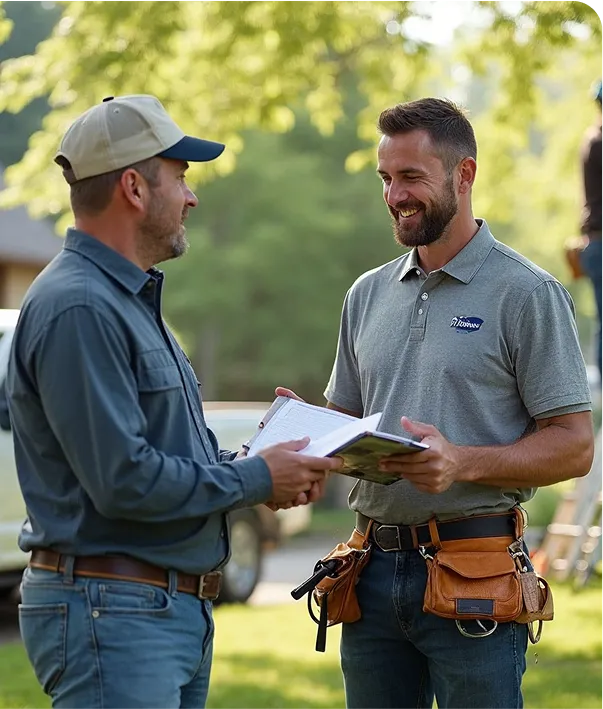Introduction: The Importance of Seasonal Tree Pruning
Tree pruning is not a one-size-fits-all task. Timing directly affects tree health, safety, and growth outcomes. Homeowners and property managers who prune trees without regard to seasonality often risk damaging trees, encouraging disease, or inhibiting future growth. Understanding the biological cycles of trees and how they respond to pruning during different times of the year is essential for making informed, strategic decisions.
This guide provides an in-depth seasonal breakdown of when to prune trees and why timing matters. It also outlines safety considerations, legal compliance, arboricultural standards, and long-term property management implications. Whether managing residential landscapes or commercial properties, correct pruning practices contribute to healthier trees, reduced liabilities, and long-term cost savings.

Understanding Tree Pruning Objectives
Before reviewing the ideal times of year to prune trees, it is essential to first understand the fundamental objectives that guide pruning decisions. Each pruning action should serve a distinct purpose, aligned with both the species of tree and its current condition. Proper pruning not only preserves aesthetics but also safeguards structural integrity, health, and safety.
Key Reasons for Pruning Trees:
- Remove hazardous limbs: Pruning helps eliminate branches that pose immediate safety risks to people, structures, vehicles, or utility lines. These limbs may be dead, weakened, or positioned in a way that increases the likelihood of failure during storms.
- Improve tree structure: Corrective pruning enhances a tree’s structural framework, especially during early growth stages. Proper branch spacing and distribution help minimize storm-related failures and create a balanced canopy that can support long-term growth.
- Control growth direction: Strategic cuts guide the direction of future growth to prevent encroachment on buildings, sidewalks, fences, signage, and utility infrastructure. This is particularly important in urban and suburban environments.
- Encourage flowering and fruiting: For ornamental and fruit-bearing species, seasonal pruning techniques can stimulate more vigorous blooms and increased fruit production. This must be done at the correct time of year to avoid stressing the tree or reducing future yield.
- Remove diseased, dead, or infested branches: Regular pruning eliminates parts of the tree affected by pests or disease. This helps prevent spread to other areas of the tree or nearby plants, contributing to a healthier landscape overall.
A certified arborist evaluates the health, species, location, and structural condition of each tree before selecting the appropriate timing and methods for pruning. Seasonal awareness is critical to achieving pruning objectives without causing harm to the tree.
Winter Pruning (Dormant Season: December – February)
Winter is generally considered the optimal season for structural pruning of most deciduous trees. During dormancy, trees have minimal sap flow, which reduces stress from pruning wounds. Healing is more effective when new growth resumes in spring. Visibility of the tree’s structure is at its peak due to leaf drop, allowing for precise and corrective cuts.
Advantages of Winter Pruning:
- Improved structural visibility: The absence of foliage reveals the tree’s true architecture, making it easier to identify crossing branches, co-dominant stems, and weak attachments.
- Minimal pest and disease exposure: Lower temperatures reduce the risk of infection, as fungi, bacteria, and insect vectors are less active.
- Enhanced spring growth response: Pruning during dormancy redirects the tree’s energy toward strong, vigorous growth once the growing season begins.
- Reduced sap bleeding: For trees like birches and maples, winter pruning minimizes excessive sap loss that can occur in spring.
Ideal Applications:
- Young tree training to promote sound structure
- Removal of dead, diseased, or structurally unsound limbs
- Canopy thinning for wind load reduction in mature trees
Special Considerations:
Avoid pruning during extreme cold spells, as this may cause bark tissue damage. Evergreen species can be pruned in winter with restraint, but over-pruning can expose them to winter burn or shock. Consultation with a certified arborist is strongly advised for species-specific guidance.
Spring Pruning (March – May)
Spring pruning must be executed with caution due to the active growth cycle and vulnerability of developing buds. While pruning in early spring is sometimes possible, especially before leaf-out, care must be taken to avoid excessive sap loss or compromising the tree’s energy reserves.
Strategic Spring Pruning Uses:
- Post-winter damage cleanup: Removal of limbs damaged by snow, ice, or wind should be conducted promptly to reduce risk of decay or pest infestation.
- Thinning overcrowded growth: Selective removal of branches helps light penetrate the canopy and encourages balanced development.
- Shaping flowering ornamentals: For trees that bloom on old wood (e.g., cherry, magnolia), pruning immediately after flowering preserves future blooms.
- Trimming evergreens: Light shaping of arborvitae, holly, and other ornamental conifers can be performed once active growth resumes.
What to Avoid:
- Heavy structural pruning: Major cuts made during spring can hinder leaf production and overall vitality.
- Oak pruning: Spring increases susceptibility to oak wilt, a serious fungal disease spread by beetles attracted to pruning wounds.
Spring pruning should focus on refining form and addressing immediate post-winter concerns rather than performing intensive structural changes.
Summer Pruning (June – August)
Summer pruning offers a strategic opportunity for managing growth and refining shape. By this point in the season, most trees have fully developed foliage and completed peak energy production, making this the ideal time to limit size without encouraging excessive new growth.
Benefits of Summer Pruning:
- Growth regulation: Pruning in mid to late summer can slow the growth of fast-growing species and reduce shoot production.
- Improved visibility of defects: Fully leafed canopies reveal dieback, decay cavities, and signs of pest activity that may be obscured during other seasons.
- Removal of suckers and water sprouts: These energy-draining shoots can be safely removed to redirect growth to desirable branches.
- Clearance and aesthetic shaping: Trees impinging on sidewalks, signage, buildings, or utility lines can be trimmed without stimulating regrowth.

Appropriate Summer Applications:
- Fruit tree shaping after harvest or in late summer to maintain size
- Clearance pruning for street trees or those near structures
- Maintenance of established landscape trees
Important Considerations:
Do not remove large branches during extreme heat, as water stress can slow healing and reduce vitality. Always monitor tree hydration following summer pruning, particularly during drought conditions. Avoid pruning young or newly planted trees in their first summer unless correcting a defect.
Summer pruning should be guided by clear objectives and performed conservatively to avoid over-thinning and compromising tree health.
Fall Pruning (September – November)
Fall is generally the least recommended season for major pruning. Trees begin entering dormancy and do not seal wounds efficiently. Fungal spores are also more prevalent, increasing infection risks.
When to Consider Fall Pruning:
- Emergency removal of hazardous limbs after early storms
- Light shaping of young trees
- Cleanup of storm debris or broken limbs
Not Recommended For:
- Major structural pruning
- Oak or elm pruning due to disease risk
- Trees preparing for dormancy, as pruning reduces energy reserves
Fall pruning is best limited to emergency work or minor corrective actions.
Evergreen Tree Pruning Considerations
Evergreen trees such as pine, spruce, cedar, and arborvitae have different pruning needs compared to deciduous trees. They should be pruned sparingly to avoid permanent shape loss.
Best Practices:
- Prune in late winter to early spring before active growth
- Avoid cutting into old wood that lacks green needles
- Remove only 20% or less of the canopy annually
Species Notes:
- Pines respond well to candle pruning in late spring
- Arborvitae tolerates light trimming but not heavy structural cuts
Evergreens rarely require aggressive pruning unless for safety or clearance.
Fruit Tree Pruning Guidelines
Fruit trees require specialized pruning based on species, desired production, and disease management.
General Guidelines:
- Prune apples and pears in late winter to early spring to encourage fruiting
- Prune stone fruits like peaches and plums in late summer to avoid disease
- Maintain open canopy structure for sunlight penetration and air circulation
- Remove suckers and dead spurs annually
Improper timing can reduce yields and increase disease risk, especially in humid climates.
Storm Damage Preparedness & Post-Storm Pruning
Pruning trees before storm season is a proactive strategy to reduce property damage. Removing weak limbs, balancing canopies, and thinning high wind-load branches enhances stability.
Key Recommendations:
- Conduct annual inspections by certified arborists before hurricane or snow seasons
- Remove overextended limbs or those crossing power lines
- Post-storm, assess trees for cracks, broken limbs, and uprooting risk
Never perform storm-damage pruning without proper safety equipment and training. Emergency tree services may be required for hazardous removals.
Legal and Regulatory Considerations
Municipalities often regulate tree pruning, especially for large trees, protected species, or those on public property lines.
Typical Regulations:
- Permits required for pruning heritage or protected trees
- Tree work near power lines must follow utility safety protocols
- Commercial pruning must comply with ANSI A300 arboricultural standards
Working with certified and insured professionals ensures compliance and liability protection.
How Professional Tree Pruning Saves Money Long-Term
Many homeowners underestimate the financial value of proper pruning. Neglected pruning leads to storm damage, declining tree health, and eventual removal costs.
Cost-Saving Outcomes:
- Prevents costly emergency removals
- Extends tree lifespan
- Enhances property value and aesthetics
- Reduces insurance liability
An investment in routine pruning offsets major expenses down the line.
Why Hire a Certified Arborist for Pruning?
Tree pruning may appear straightforward, but incorrect cuts, timing errors, or safety oversights cause long-term damage.
Certified arborists:
- Follow ANSI A300 pruning standards
- Understand species-specific biology
- Use proper equipment and safety protocols
- Provide liability protection and insurance coverage
Working with a certified professional ensures every cut serves a purpose and supports the long-term health of your trees.
Frequently Asked Questions About Tree Pruning
What is the best time of year to prune trees?
Late winter and early spring are generally best for most trees, as they are dormant and healing begins quickly in spring.
Can trees be pruned in summer or fall?
Yes, with caution. Summer is suitable for growth control; fall pruning should be limited to emergency or minor corrective work.
How often should trees be pruned?
Most trees benefit from pruning every 3 to 5 years, depending on species, age, and environmental conditions.
What happens if I prune a tree at the wrong time?
Improper timing can result in disease vulnerability, poor healing, stress, and reduced growth. Always follow seasonal guidelines.
Do all trees need pruning?
Yes. All trees benefit from periodic pruning to remove hazards, improve structure, and promote healthy development.
Schedule Tree Pruning Services With Zacarias Tree & Landscaping
Zacarias Tree & Landscaping provides certified tree pruning services designed to maximize safety, plant health, and property value. Our arborists evaluate each tree’s condition, species, and surroundings to determine optimal pruning times and techniques.
We serve both residential and commercial properties and follow ANSI A300 standards in every project. Contact us today for an expert evaluation and receive a seasonal tree care plan tailored to your landscape’s needs.





